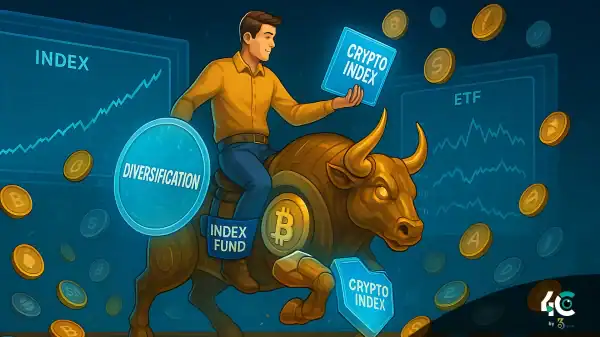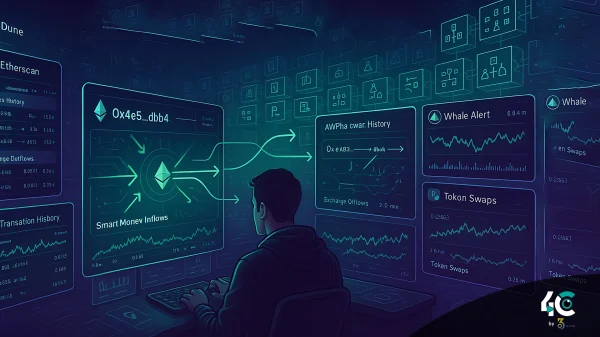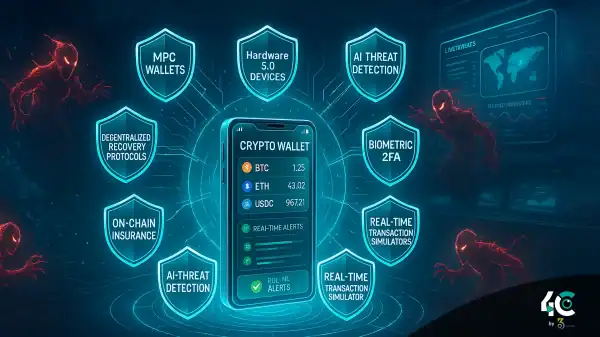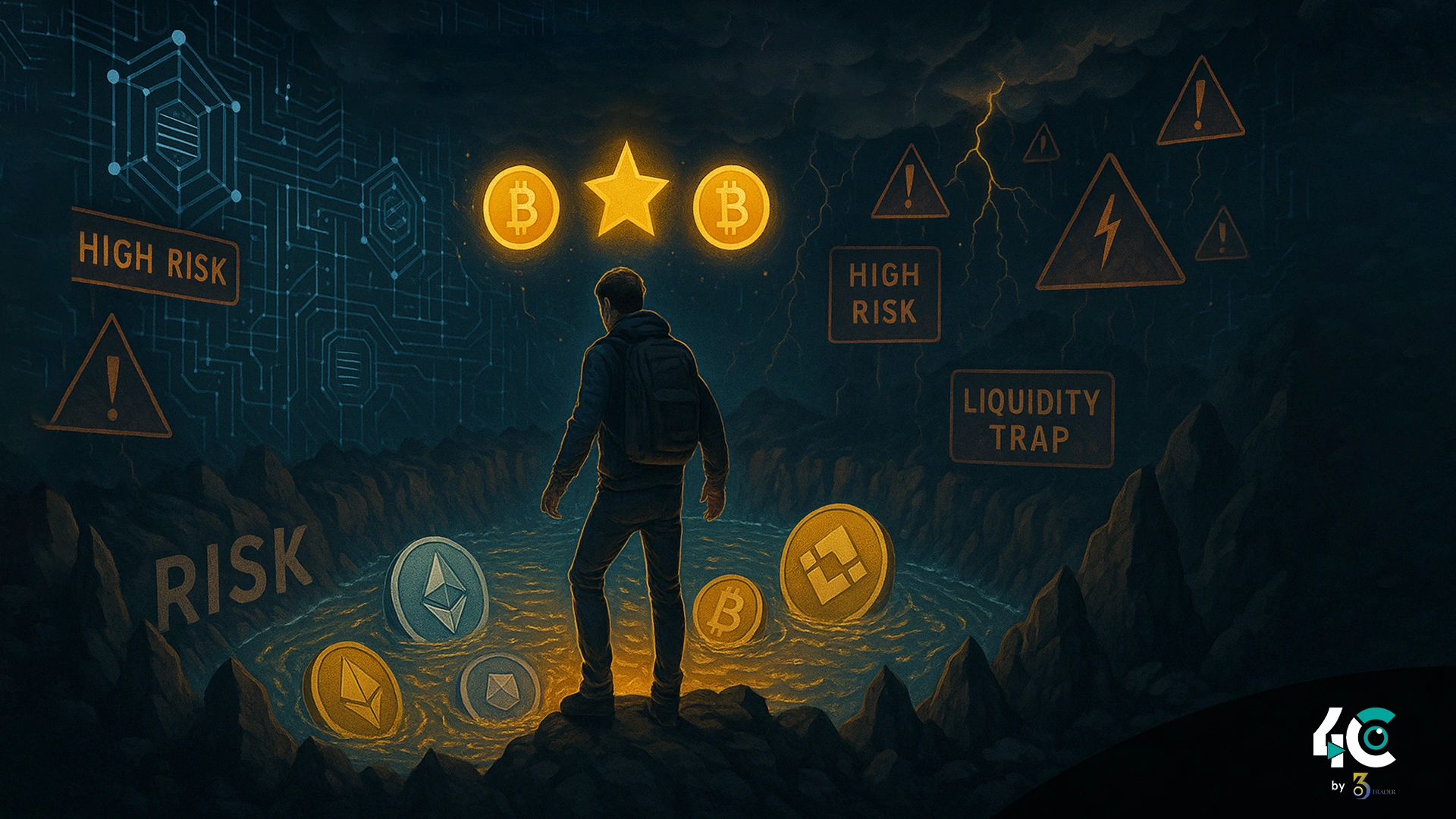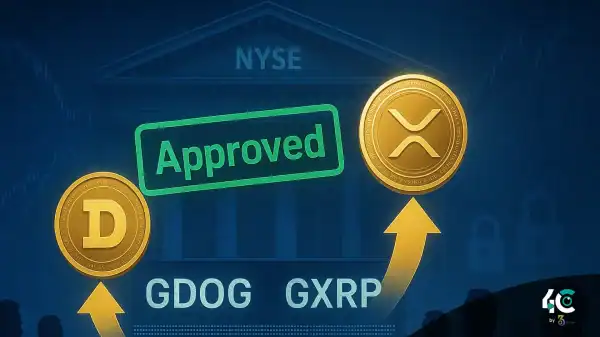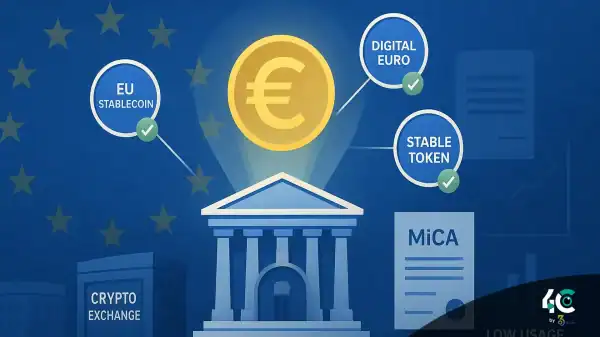However, beneath the surface of double-digit APYs lies a growing concern: the “liquidity trap.” High rewards often come with significant risks, including impermanent loss, protocol vulnerabilities, and market volatility. This article looks at how DeFi protocols work, what the liquidity trap is, and whether the upside makes the downside worth it for users.
The expansion of DeFi protocols presents both advantages and disadvantages
Decentralized finance, or DeFi, is emerging as one of the biggest innovations in the blockchain landscape today. It allows users to earn passive income by providing liquidity to DEXs, lending protocols, and other decentralized projects. A wide range of projects like Uniswap, Aave, and Curve Finance have seen billions in Total Value Locked (TVL) and offer users attractive governance tokens and staking, and transaction fee rewards.
People are more fascinated by the attractive yields rather than the risks associated with DeFi. An increasing number of users have joined this trend, hoping for substantial returns. But are those returns worth the gamble?
Understanding the Liquidity Trap
A liquidity trap refers to a situation where liquidity providers get trapped in unsustainable or overly risky positions while chasing after high yields. Although DeFi protocols encourage people to participate with generous rewards, there are a number of things that can eat into profits or even cause losses.
1. Impermanent Loss
When the value of the deposited assets changes in relation to one another in a liquidity pool, an impermanent loss happens. For example.
If you deposit ETH and USDC into a Uniswap pool and ETH significantly increases in price, your position may lose value from just holding both.
When asset prices stabilize, impermanent loss can gradually diminish, but most LPs do not consider that during volatility.
2. Protocol Vulnerabilities
Smart contract exploits and hacks remain a prominent issue in DeFi. So far in 2023, hundreds of millions have already been lost due to exploits in protocols such as Nomad Bridge and Mango Markets. You might believe that audited platforms are impervious to attacks. However, this assumption is incorrect. Wouldn’t you agree? This issue is a cause for concern, as liquidity providers face catastrophic losses.
3. Market Volatility
As we know, cryptocurrency markets are highly volatile, causing risk to liquidity providers. Large unwanted price movements can cause liquidations on leveraged positions or impermanent losses to become permanent.
4. Dilution of Rewards
Many DeFi protocols issue governance tokens as part of their incentives. Nonetheless, when the token emissions are too high, inflation occurs and the reward becomes weaker. Participants may realize dwindling returns while tying up their capital.
We are currently analyzing the risks vs. rewards
To see whether it is worth participating in DeFi protocols, let’s break down its key factors for risk-reward dynamics.
Potential Rewards
- The yearly earnings percentage (APY) should be greater than 100%, especially during the early stages of protocol organization.
- Governance Tokens: When you get involved early, the price of governance tokens will likely go up, and you’ll benefit. These tokens allow you to vote on changes to the ecosystem.
- Liquidity miners benefit from transaction fees by obtaining a share of trading fees created by DEXs.
Hidden Risks.
Impermanent loss can wipe out your profit
- Flaws or loopholes in a smart contract can lead to the complete loss of funds.
- Regulatory Uncertainty: Governments are taking a closer look at DeFi, which could raise suspicions of a ban or crackdown.
- Thousands of protocols are already in the market, which competes with the project. Hence, many projects fail to maintain TVL, which causes a decline in rewards.
Analysis of the Collapse of Terra and UST
The 2022 failure of the Terra ecosystem warns investors about the dangers of chasing yields that cannot be sustained. Depositors rushed to use Anchor Protocols, which gave a whopping 20% APY on UST. But the set-up rested on unsustainable mechanisms, which ultimately led to its undoing and wiped out billions of investor funds.
This example shows how necessary it is to look at reward structure sustainability before deploying any capital in a DeFi protocol.
Mitigating Risks in DeFi Participation
While there are many opportunities in DeFi, proper planning and due diligence will help mitigate risks.
1. Research the protocols thoroughly
- Review smart contract audits conducted by reputable firms.
- Examine the project’s team, roadmap, and community involvement.
2. Diversify Across Protocols
Avoid putting all your funds into a single platform. Investing across various protocols can minimize the risk of your investment collapsing.
3. Monitor Market Conditions
Stay up-to-date with the macroeconomic landscape, regulatory changes, and shifts in investor sentiment related to DeFi.
4. Use Risk Management Tools
Tools such as stop-loss orders and insurance protocols like Nexus Mutual can protect you from sudden loss.
5. Focus on Long-Term Viability
Choose protocols that have a sustainable economic model for their ecosystem, not those that offer unsustainable token emissions to draw users in.
Final analysis: finding your way in the DeFi space
DeFi protocols have wonderful potential for earning passive income, but they also come with some serious risks. The “liquidity trap” refers to the fact that high rewards generally mask dangers. As a result, participants often suffer impermanent loss and systemic failure.
If you intend to enter the DeFi space, remember this: Less is more. Focus on established protocols with solid fundamentals, good governance, and security instead of the highest APY. If you exhibit caution and ambition, you will be able to access the DeFi world successfully.
Conclusion
Getting involved with DeFi protocols allows you to earn much more money through yield farming, staking, and liquidity provision. However, it involves big risks, like impermanent losses, smart contract exploits, market volatility, and more. Weigh whether the prospective reward is worth the risk and do your research to find the right crypto sector to invest in. By putting long-term viability first and using risk management strategies, liquidity providers can avoid hazards and make better judgments in




















